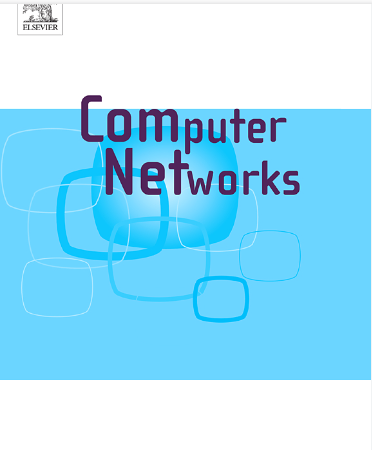+Tour: Recommending personalized itineraries for smart tourism
IF 4.6
2区 计算机科学
Q1 COMPUTER SCIENCE, HARDWARE & ARCHITECTURE
引用次数: 0
Abstract
Next-generation touristic services will rely on the advanced mobile networks’ high bandwidth and low latency and the Multi-access Edge Computing (MEC) paradigm to provide fully immersive mobile experiences. As an integral part of travel planning systems, recommendation algorithms devise personalized tour itineraries for individual users considering the popularity of a city’s Points of Interest (POIs) as well as the tourist preferences and constraints. However, in the context of next-generation touristic services, recommendation algorithms should also consider the applications (e.g., social network, mobile video streaming, mobile augmented reality) the tourist will consume in the POIs and the quality in which the MEC infrastructure will deliver such applications. In this paper, we address the joint problem of recommending personalized tour itineraries for tourists and efficiently allocating MEC resources for advanced touristic applications. We formulate an optimization problem that maximizes the itinerary of individual tourists while optimizing the resource allocation at the network edge. We then propose an exact algorithm that quickly solves the problem optimally, considering instances of realistic size. Using a real-world location-based photo-sharing database, we conduct and present an exploratory analysis to understand preferences and users’ visiting patterns. Using this understanding, we propose a methodology to identify user interest in applications. Finally, we evaluate our algorithm using this dataset. Results show that our algorithm outperforms a modified version of a state-of-the-art solution for personalized tour itinerary recommendation, demonstrating gains up to 11 for resource allocation efficiency and 40 for user experience. In addition, our algorithm performs similarly to the modified state-of-the-art solution regarding traditional itinerary recommendation metrics.
+Tour:为智慧旅游推荐个性化路线
下一代旅游服务将依靠先进的移动网络的高带宽和低延迟以及多接入边缘计算(MEC)范式来提供完全沉浸式的移动体验。作为旅游规划系统的一个组成部分,推荐算法考虑到一个城市的兴趣点(poi)的受欢迎程度以及游客的偏好和限制,为个人用户设计个性化的旅游行程。然而,在下一代旅游服务的背景下,推荐算法还应该考虑游客将在poi中使用的应用程序(例如,社交网络、移动视频流、移动增强现实)以及MEC基础设施提供这些应用程序的质量。本文研究了为游客推荐个性化旅游路线和高效配置MEC资源以实现高级旅游应用的联合问题。在优化网络边缘资源配置的同时,提出了个体游客行程最大化的优化问题。然后,我们提出了一个精确的算法,快速解决问题的最佳,考虑到实际大小的实例。利用一个真实世界的基于位置的照片共享数据库,我们进行了一项探索性分析,以了解用户的偏好和访问模式。利用这种理解,我们提出了一种方法来识别用户对应用程序的兴趣。最后,我们使用该数据集评估我们的算法。结果表明,我们的算法优于最先进的个性化旅游行程推荐解决方案的改进版本,在资源分配效率方面提高了11%,在用户体验方面提高了40%。此外,我们的算法在传统行程推荐指标方面的表现与改进的最先进的解决方案相似。
本文章由计算机程序翻译,如有差异,请以英文原文为准。
求助全文
约1分钟内获得全文
求助全文
来源期刊

Computer Networks
工程技术-电信学
CiteScore
10.80
自引率
3.60%
发文量
434
审稿时长
8.6 months
期刊介绍:
Computer Networks is an international, archival journal providing a publication vehicle for complete coverage of all topics of interest to those involved in the computer communications networking area. The audience includes researchers, managers and operators of networks as well as designers and implementors. The Editorial Board will consider any material for publication that is of interest to those groups.
 求助内容:
求助内容: 应助结果提醒方式:
应助结果提醒方式:


